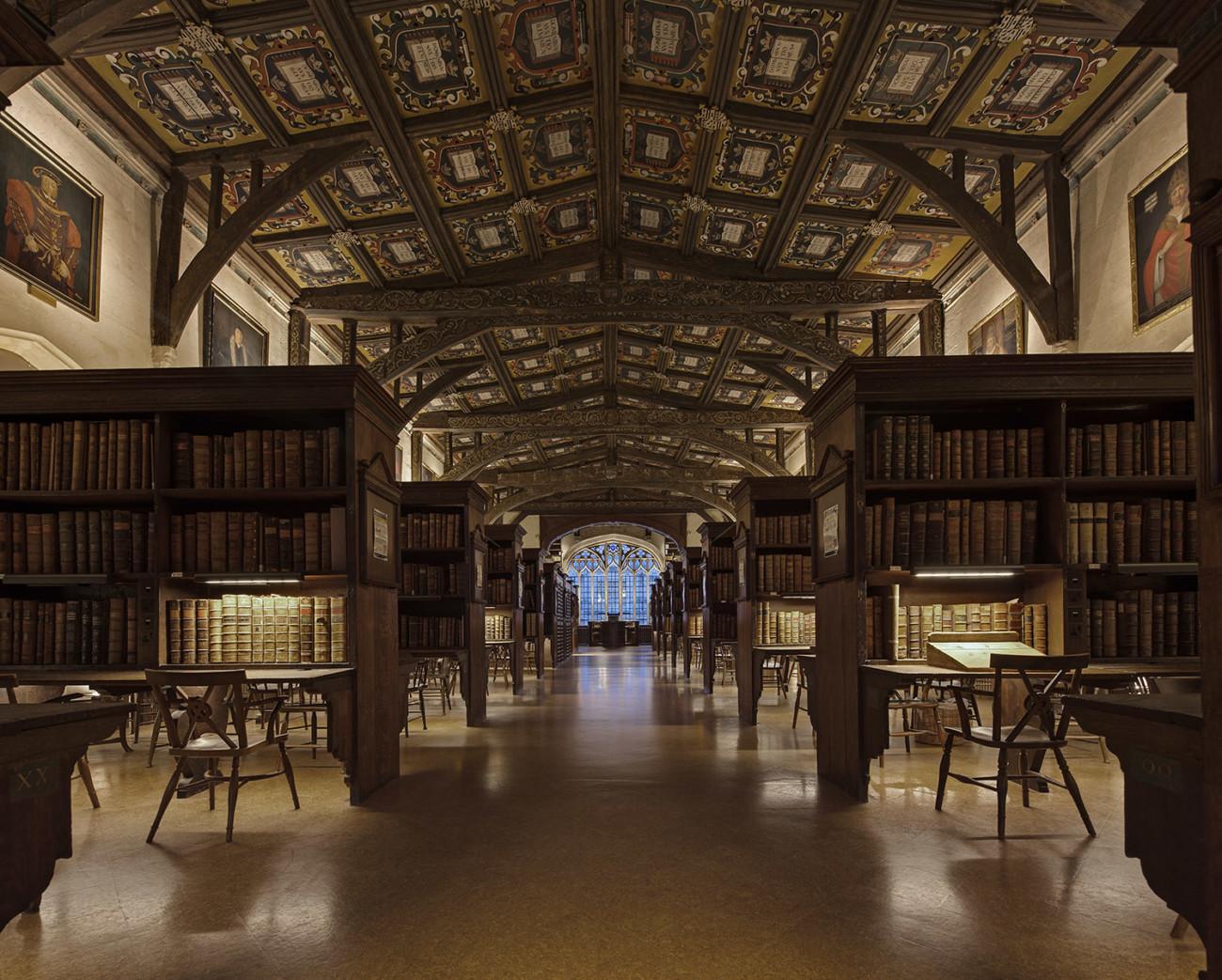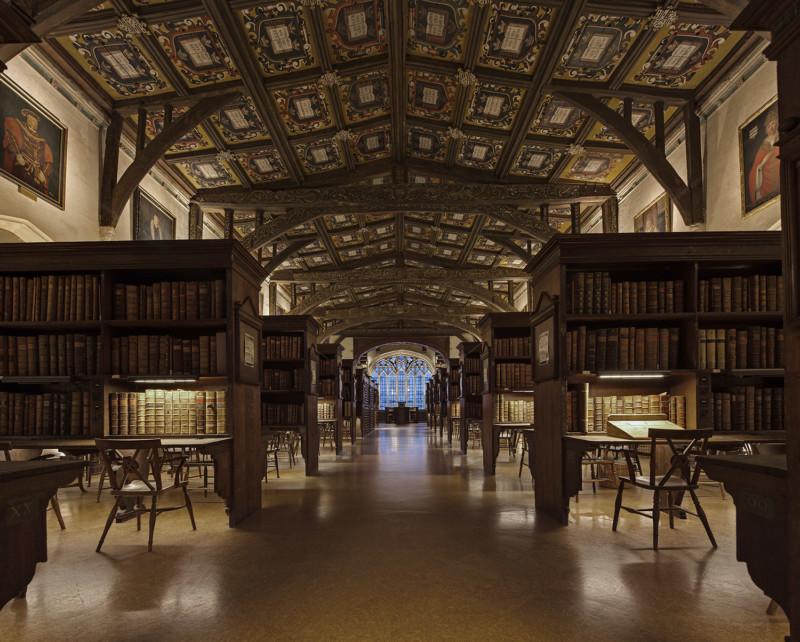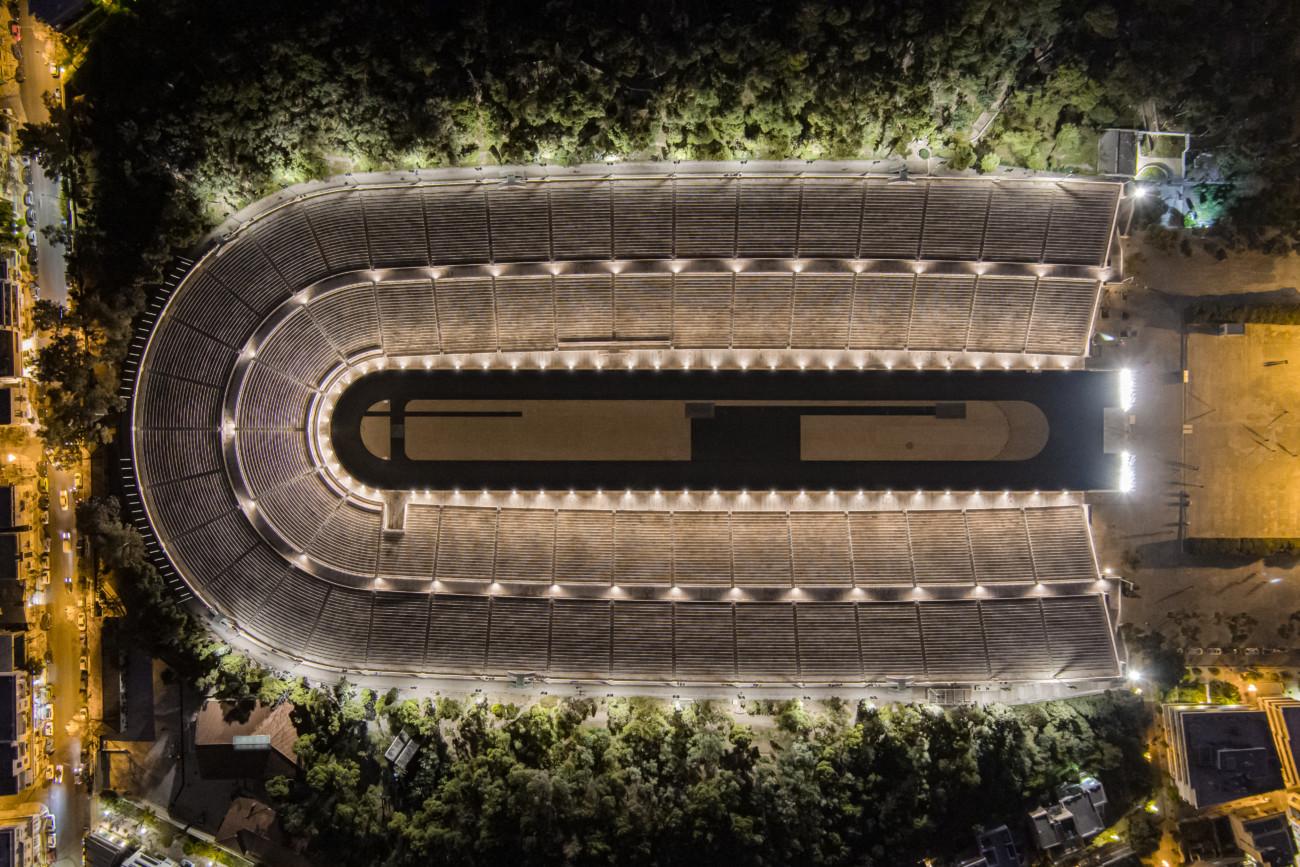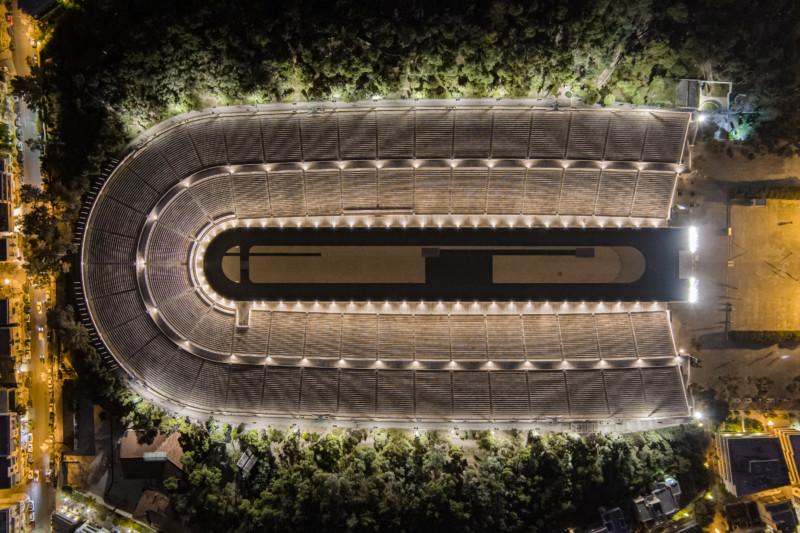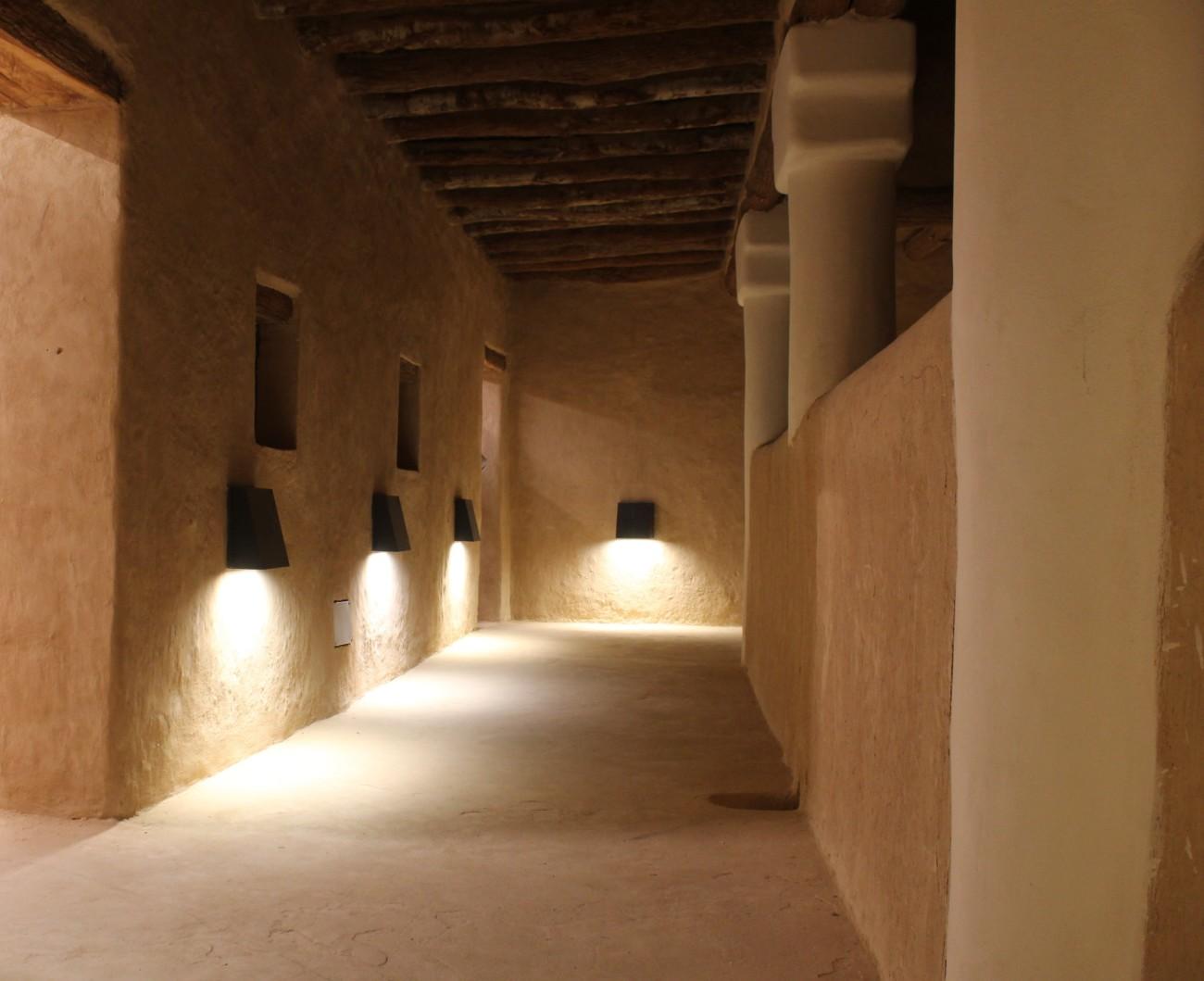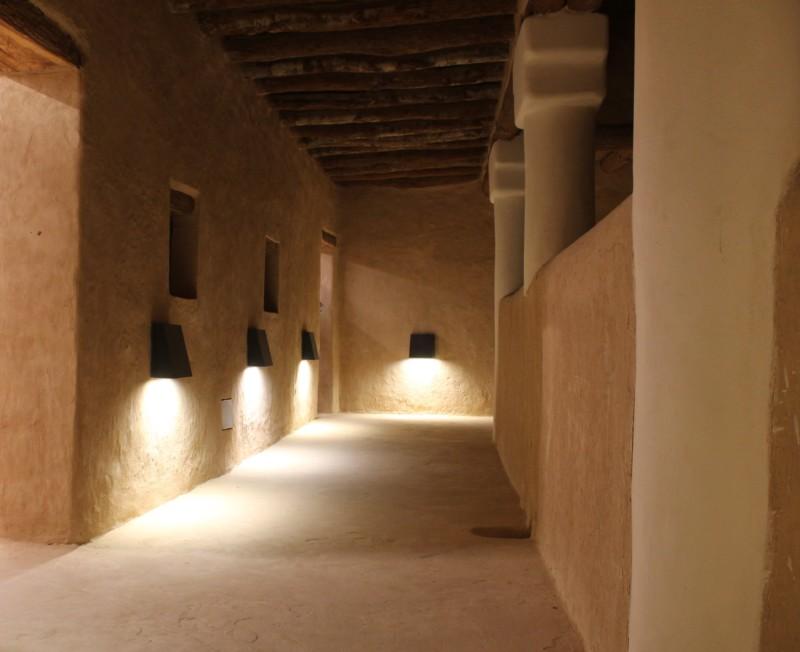Smart lighting control for art and culture
Museums and historical buildings are some of the more complex building types to illuminate. Flexible solutions are sought that will incorporate modern lighting requirements while preserving architectural features.
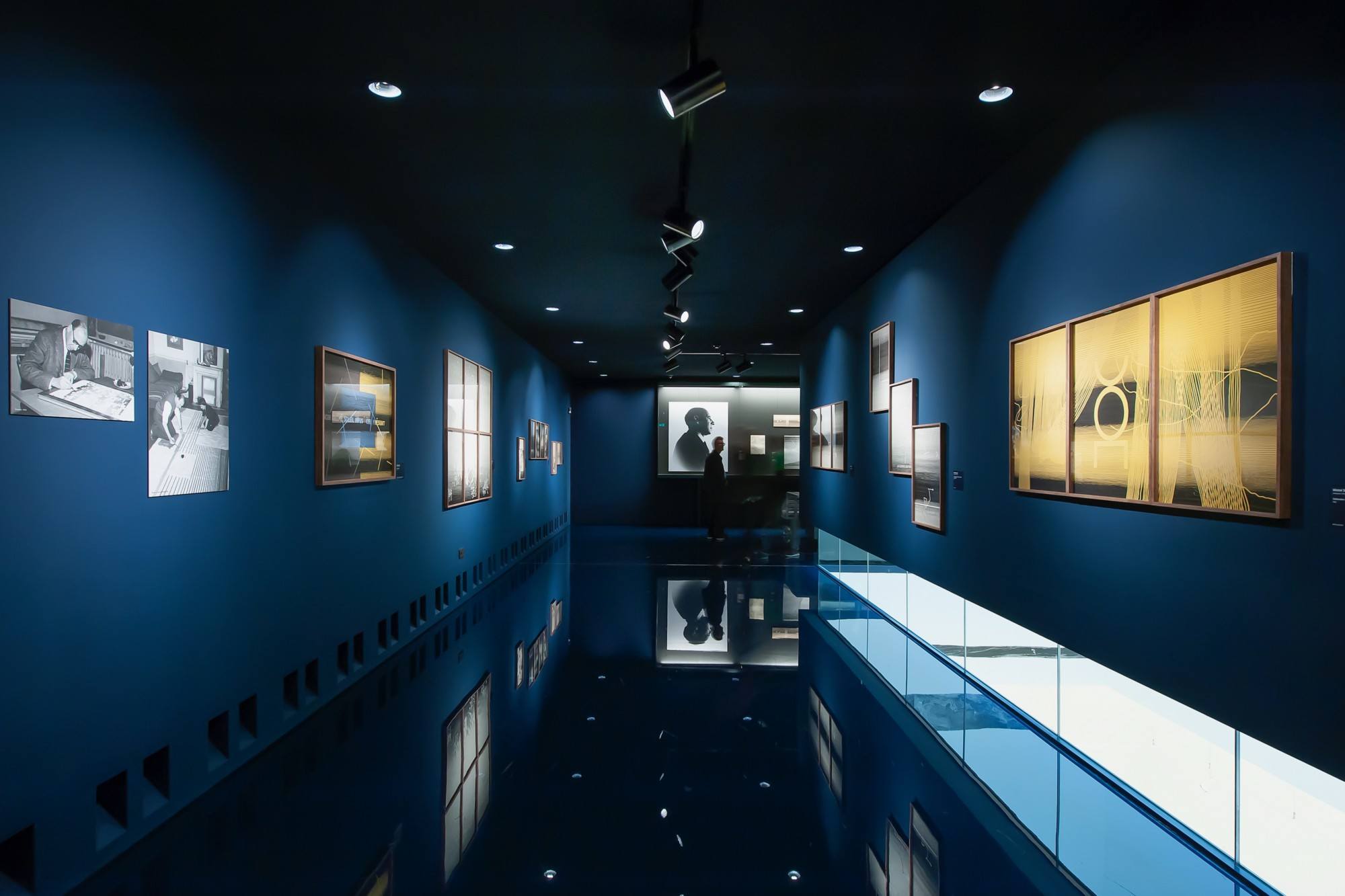
Frequently housing cultural artifacts for public exhibition, the interior lighting of museums and cultural buildings plays a crucial role in presenting art forms in a manner that is both emotionally evocative and in compliance with conservation and health & safety regulations. The nuanced manipulation of light temperature, color, positioning, and brightness becomes an art form in itself, given its profound impact on the perception of artworks.
In the context of historical buildings and monuments, improper illumination poses a significant risk of light pollution, potentially harming local habitats and compromising a venue’s sustainability credentials. Therefore, the installation and management of lighting must strike a delicate equilibrium between minimizing disruptions to daily activities and conservation endeavors while ensuring the vibrant portrayal of the historical narrative within the space.

Casambi eliminates the need for scaffolding to manually dim individual lights. Exhibition lighting is configured instantly from the app.

The Al Doho Quarter, in Riyadh, experienced a 60% drop in energy consumption after installing Casambi control.

The Panathenaic Stadium, in Athens, reduced its light pollution by 70+% through Casambi control.

LEDs can be dimmed all the way to 0.1% so that exactly the right light level can be achieved for every exhibit.
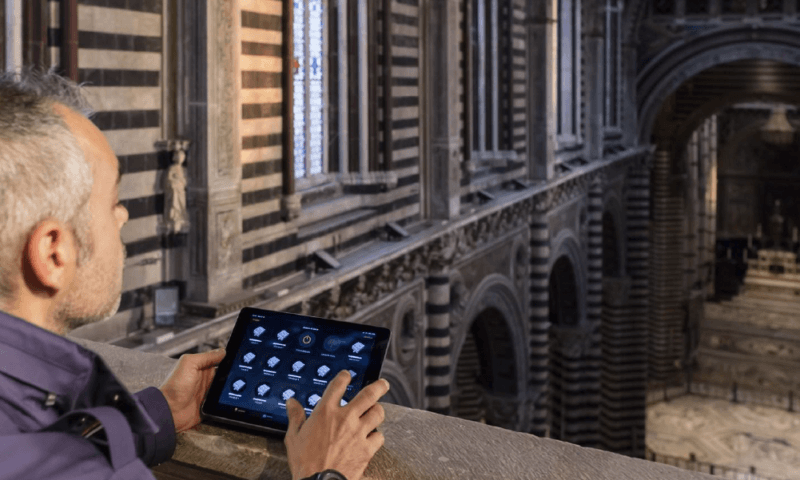
Wireless lighting control for arts and culture
The combination of LEDs with wireless control opens the doors to networked lighting and the augmentation of energy and data services.
Casambi provides lighting designers with the ability to wirelessly link luminaires together enabling the end-user – be it the facility manager, curator, or artist – to create personalized smart lighting ecosystems, which can be remotely controlled from a mobile device.
Design considerations
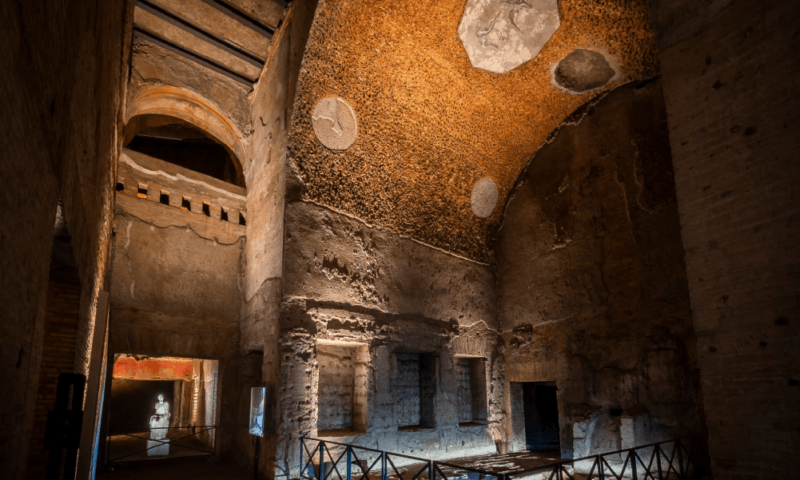
Long-term Heritage Conservation
To assure that a new design will be easy to install, maintain, re-lamp, and reconfigure without the need for surface reconstruction and the pulling of wires to rig up a new lighting system.
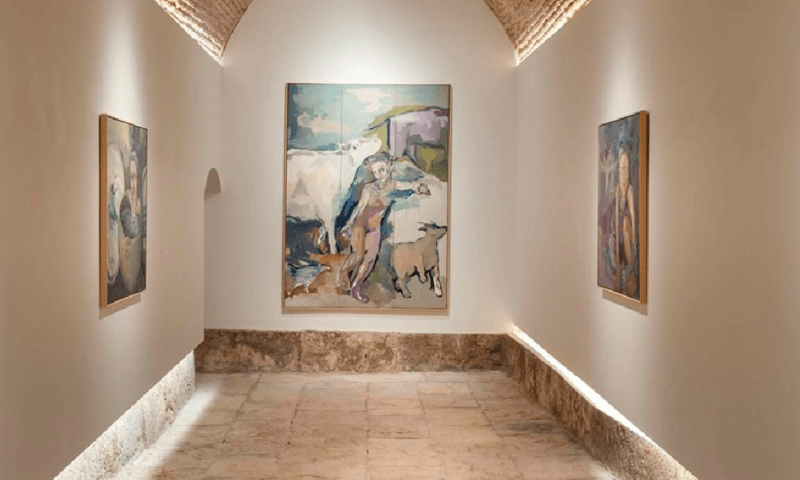
Revolving Exhibition Needs
To ensure that different lighting scenarios can be created in the most effective and energy-efficient way, and that auxiliary lighting can be incorporated and controlled easily, and if necessary, separately.
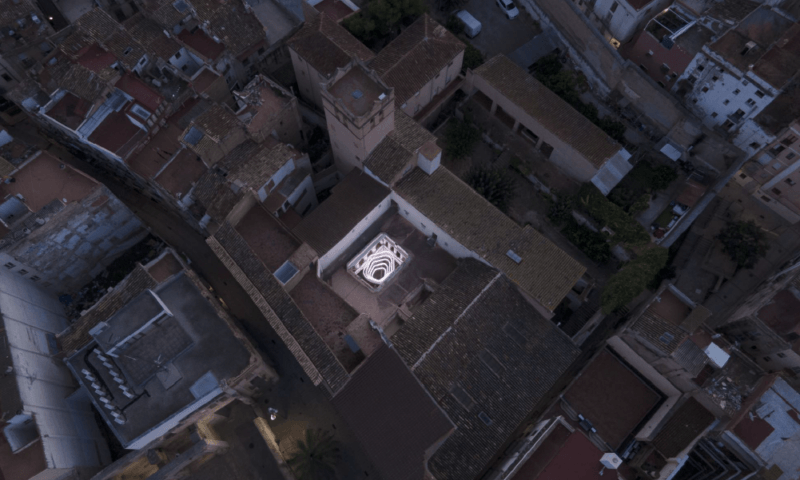
Health & Safety
To provide appropriate light levels to carry out tasks performed in the space. Emergency lighting should also be cognizant of sustainability drivers while preserving heritage features and simultaneously catering to all the different use cases within the space.
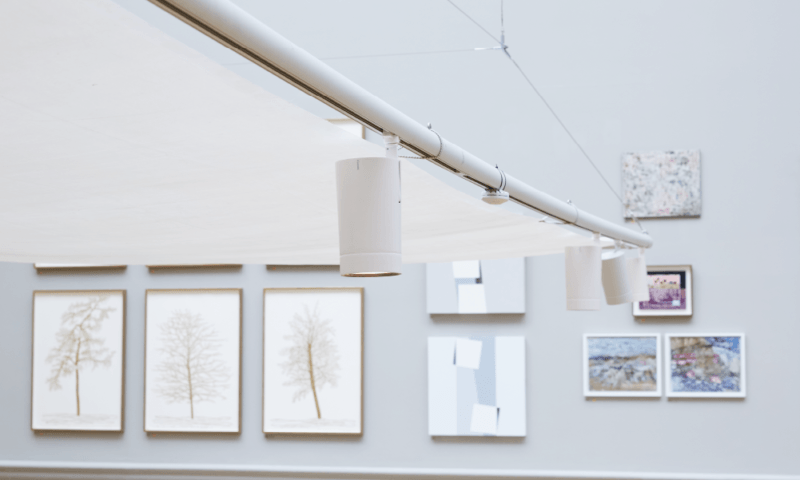
Sustainability
To minimize energy consumption and provide the tools that enable continuous monitoring and analysis of a lighting system’s energy performance.
All the features needed for modern lighting control

Non-disruptive installation and rapid commissioning
Wireless lighting can be installed without the need for surface reconstruction, and can be commissioned remotely from an app.

Controlled from mobile devices
Luminaires can be turned on/off remotely, easily reconfigured, and recommissioned from a mobile device.

Daylight harvesting
Adjustable lighting strategies can be programmed and implemented – such as daylighting, whereby automated controls can adjust the lighting to maintain a target level, reducing energy costs.

Occupancy detection
Sensors can detect motion to indicate the presence of a person and automatically turn on lights only when they are needed.

Task tuning
Lighting can be adjusted to the optimal level for individual task areas improving worker safety and saving energy across a site.

Easily retrofittable
Wired installations can be expanded wirelessly and upgraded to include occupancy and daylight sensors.

Wireless emergency lighting
Such a system minimizes physical equipment and power containments, keeps ceilings clear, and allows the end user to run remote and automated system testing.

Scheduling and timers
It is possible to create time-based scenes that turn on, off, or dim selected luminaires to preset levels according to bespoke needs.
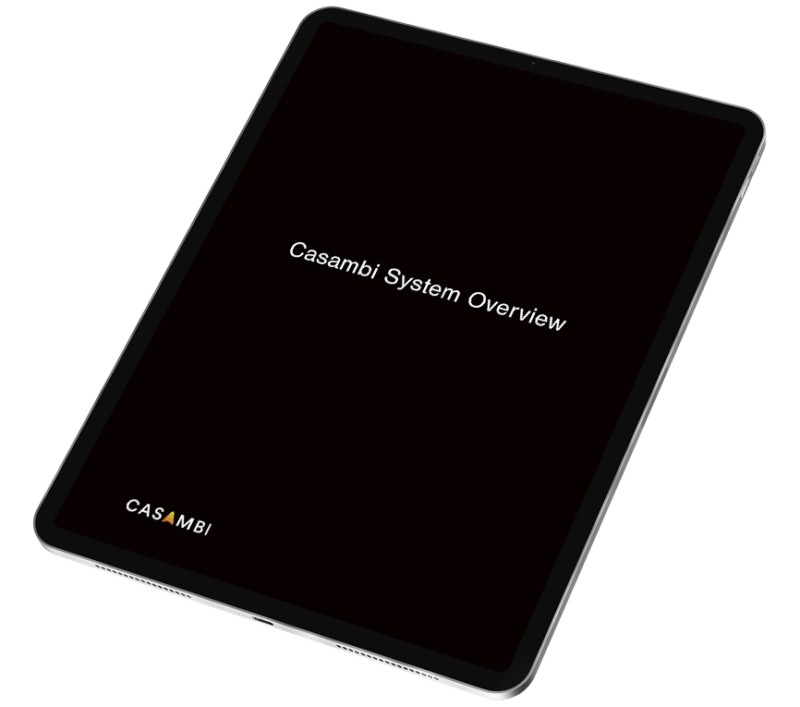
Ready to level up your lighting with Casambi?
Discover Casambi’s key features in this concise overview covering the Casambi Mesh, interoperability, hardware, network types, security, functionality & more!
Video tutorials
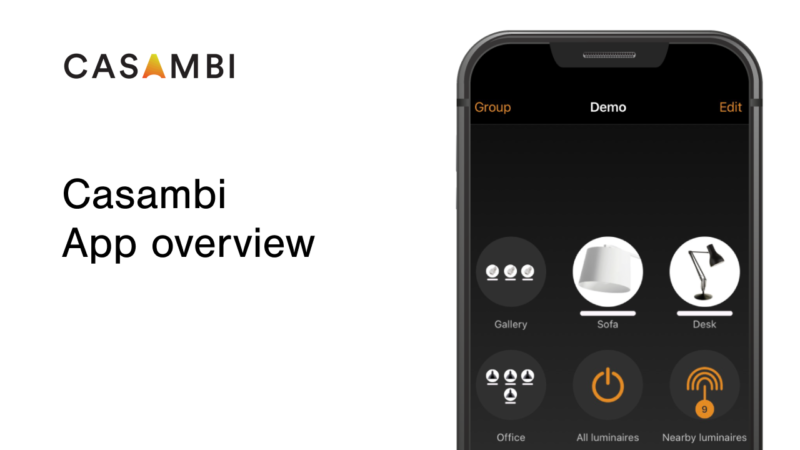
In this video, we’ll present a brief overview of the features available in the original Casambi App.

In this video, we’ll take you through the installing of the Casambi App and adding your Casambi enabled luminaires to Casambi network.
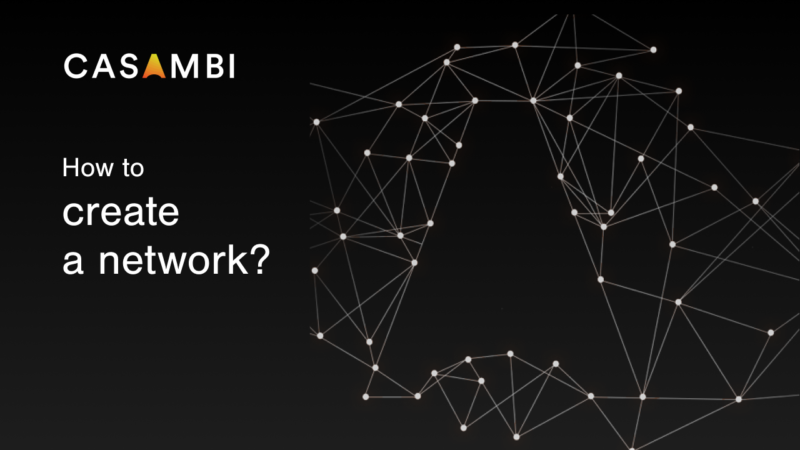
In this video, we’ll explain how to create a new Casambi network.
